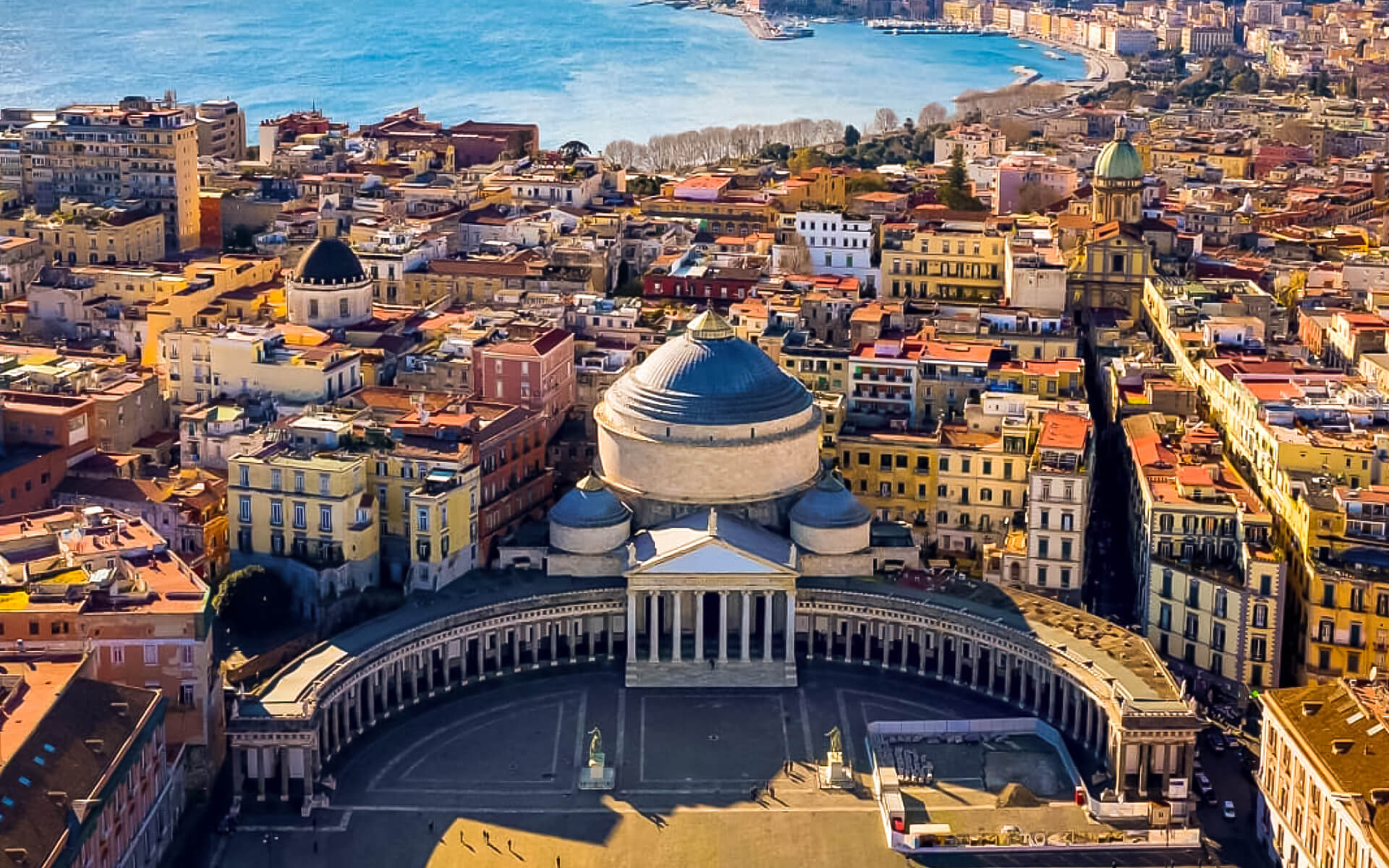Naples is the capital of the Italian region Campania and the country’s third-largest municipality, after Rome and Milan. In 2015, the city’s administrative boundaries housed around 975,260 inhabitants. Naples Metropolitan City has a population of 3,115,320 people. With a population of between 3 million and 3.7 million people, Naples is the ninth-most populated metro region in the European Union. The Naples metropolitan region, one of the biggest on the Mediterranean Sea, with a population of around 4 million people.
Naples is one of the world’s oldest continually inhabited cities. In the second millennium BC, Bronze Age Greek towns were developed in the Naples region. At the conclusion of the Greek Dark Ages, a bigger colony — first known as Parthenope, v – emerged on the Island of Megaride about the ninth century BC. In the sixth century BC, the city was refounded as Neápolis and became a lynchpin of Magna Graecia, playing an important part in the integration of Greek culture into Roman civilization and ultimately becoming a cultural center of the Roman Republic. After the collapse of the Western Roman Empire, Naples remained powerful, serving as the capital city of the Kingdom of Naples from 1282 and 1816. Following its merger with Sicily, it served as the capital of the Two Sicilies until Italy’s unification in 1861. During the 1815 Neapolitan War, Naples actively sought Italian union.
During WWII, Naples was the most bombarded city in Italy. Much of the city’s 20th-century peripheral was built under Benito Mussolini’s fascist dictatorship and during World War II restoration operations. In recent decades, Naples has built a substantial commercial center, the Centro Direzionale, and modern transportation infrastructure, including an Alta Velocità high-speed rail connection to Rome and Salerno, as well as an enlarged metro network that is expected to encompass half of the province. In recent decades, the city has enjoyed tremendous economic expansion, and unemployment rates in the city and neighboring Campania have dropped since 1999. However, political and economic corruption persists in Naples, and unemployment remains high.
After Milan, Rome, and Turin, Naples has the fourth-largest urban economy in Italy. With an estimated 2011 GDP of US$83.6 billion, it is the world’s 103rd wealthiest city in terms of buying power. The port of Naples is one of the most significant in Europe, with the second-highest level of passenger traffic in the world, behind the port of Hong Kong. Naples is the headquarters of several large Italian corporations, including MSC Cruises Italy S.p.A. NATO’s Allied Joint Force Command Naples, the SRM Institution for Economic Research, and the OPE Company and Study Centre are all located in the city. Naples is a full member of the European city network Eurocities. [21] The city was awarded a City of Literature by UNESCO’s Creative Cities Network and was chosen as the home of the European organization ACP/UE. The Villa Rosebery, one of the President of Italy’s three official homes, is situated in the city’s Posillipo area.
The old city center of Naples is the biggest in Europe, comprising 1,700 hectares (4,200 acres) and encompassing 27 centuries of history. It is a UNESCO World Heritage Site. Naples has historically been an important cultural center with worldwide clout, notably during the Renaissance and Enlightenment periods. Numerous cultural and historical attractions, notably the Palace of Caserta and the Roman remains of Pompeii and Herculaneum, are located in Naples’ surrounding neighborhood. In terms of cuisine, Naples is associated with pizza, which originated in the city. Furthermore, Neapolitan music has been very influential, being attributed with the birth of the romantic guitar and the mandolin, as well as significant contributions to opera and folk standards. Januarius, the patron saint of Naples, the comic figure Pulcinella, and the Sirens from the Greek epic poem the Odyssey are among the popular personalities and historical figures who have come to symbolize the city. According to CNN, the metro station “Toledo” is the most beautiful in Europe, and it also received the LEAF Award ‘2013 for “Public Building of the Year.” Naples is the Italian city with the greatest number of Michelin-starred restaurants.
Football and Serie A team S.S.C. Napoli, two-time Italian champions and European trophy winners, dominate Naples’ sports landscape, playing in the San Paolo Stadium in the city’s south-west.


